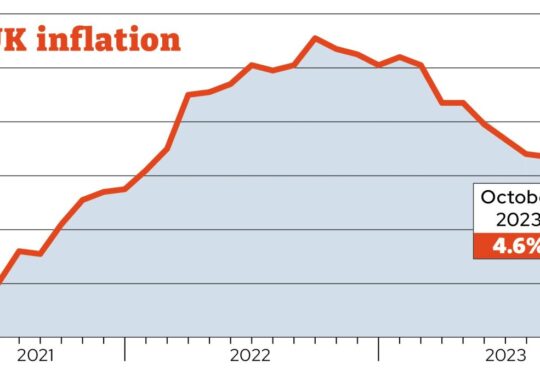
By Zoe Roberts, tax partner at leading northern accountancy firm BHP.
Recent analysis by Rightmove revealed that an average of 25 people are now requesting to view each individual rental property in Britain.
This is an increase of five people per property in just five months, with the average advertised rent for a new let outside of London having also risen to a record £1,278 per month.
With the demand versus supply for rental properties being described as “just crazy” by agents, it may appear at first glance a no brainer to invest in a buy-to-let property over your pension as a way to build up a retirement fund, especially if you have the funds to spare. Or is it?
Capital growth through property values consistently increasing, the cheap cost of borrowing and a steady rental market offering positive yields has meant that historically becoming a residential landlord made sound investment sense for both immediate income and the potential for long-term profit.
These favourable conditions however are now a thing of the past, with higher interest rates and stubborn levels of inflation, driven by external market forces, shifting the landscape.
Allied to this, investing in property always carries a degree of risk. Despite years of unprecedented growth, latest figures show that UK house prices fell at the fastest annual rate in 14 years in September, as higher mortgage costs fuelled a sixth consecutive monthly drop.
For those thinking of entering the buy-to-let sector, there are several key things aside from the day-to-day property management responsibilities such as maintenance, repairs and insurance to consider. For example, Houses in Multiple Occupation (HMO) – a property rented out to at least three people who are not from one household such as students who share communal areas, such as the bathroom and kitchen – require a specialist mortgage.
Landlords must also check that a tenant can legally rent their property, this is usually linked to whether the tenant has legal status to live in the UK.
Alongside this, earlier this year the Government published The Renters (Reform) Bill which proposes to abolish section 21 ‘no fault’ evictions and deliver a simpler, more secure tenancy structure. This provides tenants with greater security but also means an end to fixed-term tenancies and a move to periodic tenancies, which do not have an end date.
As well as the additional costs of ownership, such as second mortgages and insurance, it’s key to know the liabilities from a tax perspective. Purchasing a buy-to-let or secondary property means you are liable to pay a higher rate of Stamp Duty Land Tax, and 28% Capital Gains Tax (CGT) from any gains made following a sale of the property if they are a higher rate taxpayer. There are also strict 60-day CGT reporting and payment rules following any sale.
Income from buy-to-let must be declared as part of a self-assessment tax return with the additional income then charged in line with your individual tax rate.
Tax credits also mean that landlords can no longer deduct any of their mortgage interest from their rental income when calculating their taxable profit. Instead, landlords receive a 20% tax relief on mortgage interest payments.
Establishing a limited company can be a great choice for many property investors as they offer the opportunity to offset all mortgage interest against rental income before paying tax, leading to a potential significant saving over the term of the mortgage, as well as a lower tax rate on any profits made. But they’re not right for everyone and should only be pursued following consultation with a tax adviser.
As for pensions, whilst you can’t invest in residential property through these you can invest in commercial property and stock and shares. Their main advantages include acting as a long-term investment plan for retirement with the added benefits of offering tax relief on contributions, tax-free growth and Inheritance Tax exemptions. The vast majority of employment-linked pensions are also protected. The recent increases to annual contribution limits and abolition of the lifetime cap may also mean pensions are back in favour.
A crucial difference is that pensions can’t be accessed until the scheme holder is aged 55, but other investments can be set up if access to additional funds is likely to be required before then.
As with investing in property there is some risk that values will fall, especially as pensions are generally invested in stocks and shares, which can be heavily impacted by economic factors. However, the benefits of tax relief to likely long-term pension pot value should be taken into consideration when weighed up against other investment types.
To put it simply, investing in both buy-to-let property and pensions carry both opportunities and risks and should be approached with eyes wide open to ensure careful consideration is given to individual circumstances and desired long-term retirement goals.
With the complexities involved it’s always best to speak to a qualified financial advisor and tax adviser to help plan your future and ensure peace of mind.
If you’re interested in finding out more, BHP is running the latest in its popular property webinar series – Essential Updates for Residential Landlords – next Tuesday, October 17 from 9.30am to 1.30pm. For further information and to register visit: https://bhp.co.uk/news-events/events/residential-landlords-update/.






